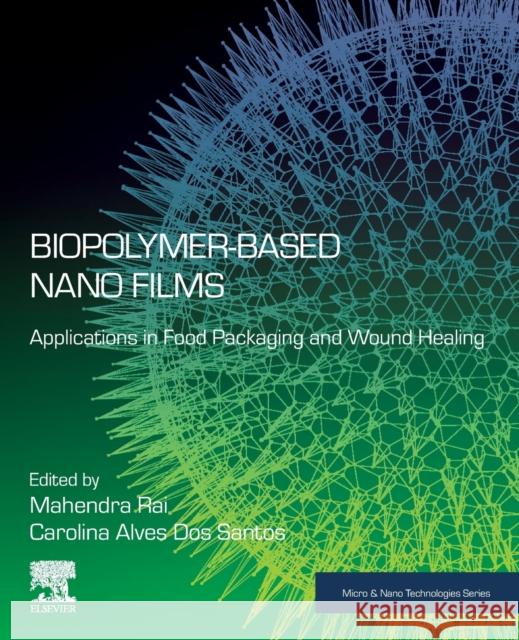Biopolymer-Based Nano Films: Applications in Food Packaging and Wound Healing » książka
topmenu
Biopolymer-Based Nano Films: Applications in Food Packaging and Wound Healing
ISBN-13: 9780128233818 / Angielski / Miękka / 2021 / 442 str.
Biopolymer-Based Nano Films: Applications in Food Packaging and Wound Healing
ISBN-13: 9780128233818 / Angielski / Miękka / 2021 / 442 str.
cena 756,05
(netto: 720,05 VAT: 5%)
Najniższa cena z 30 dni: 748,32
(netto: 720,05 VAT: 5%)
Najniższa cena z 30 dni: 748,32
Termin realizacji zamówienia:
ok. 30 dni roboczych
Bez gwarancji dostawy przed świętami
ok. 30 dni roboczych
Bez gwarancji dostawy przed świętami
Darmowa dostawa!
Kategorie:
Kategorie BISAC:
Wydawca:
Elsevier
Język:
Angielski
ISBN-13:
9780128233818
Rok wydania:
2021
Ilość stron:
442
Waga:
0.75 kg
Wymiary:
23.5 x 19.1 x 2.29
Oprawa:
Miękka
Wolumenów:
01











